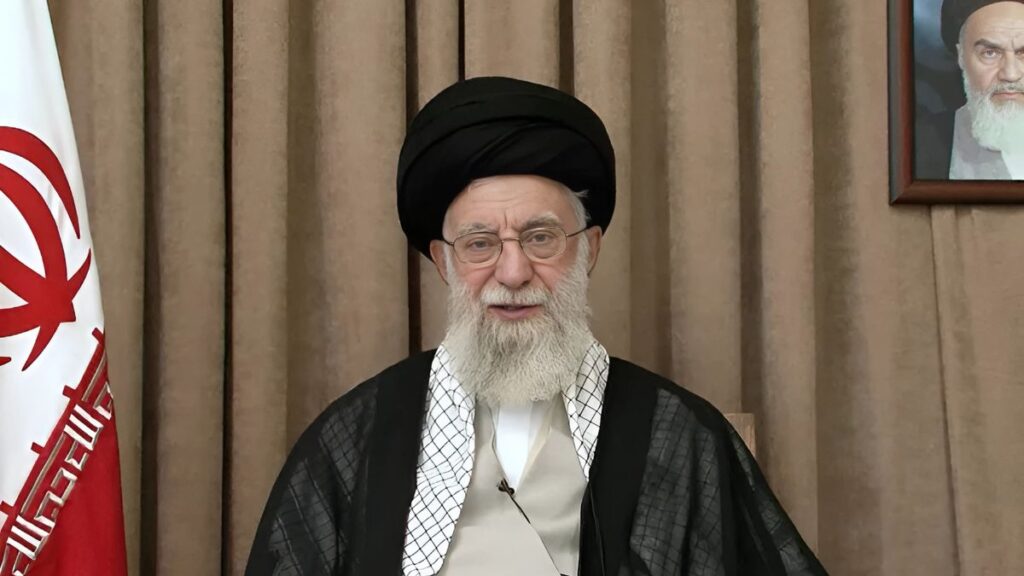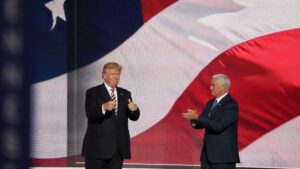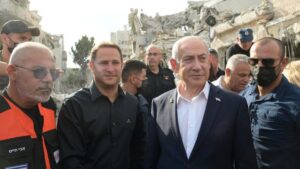Tehran, June 26, 2025 — Iran’s Supreme Leader Ayatollah Ali Khamenei emerged from weeks in hiding on Thursday to deliver a fiery televised address, claiming victory over Israel and vowing retaliation against any future U.S. strikes. The 86-year-old leader, speaking from an undisclosed location in his first public remarks since a ceasefire halted a 12-day war, appeared visibly fatigued but resolute as he dismissed U.S. assertions about the destruction of Iran’s nuclear program.
Key Claims in Khamenei’s Address


“Victory” Over Israel:
Khamenei asserted that Iran had defeated Israel, claiming the U.S. only intervened because it feared Israel would be “completely destroyed.” He stated, “The Islamic Republic emerged victorious” after missiles penetrated Israel’s defenses.
Threat to U.S. Bases:
Warning Washington against renewed aggression, Khamenei declared Iran could strike American military facilities “whenever it deems necessary.” He cited Monday’s missile attack on the Al-Udeid Air Base in Qatar, which caused no casualties, as proof of Iran’s capability, calling it “a severe slap to America’s face”.
Nuclear Program “Intact”:
Contradicting U.S. and IAEA assessments, Khamenei downplayed damage to nuclear sites at Fordow, Natanz, and Isfahan, accusing President Donald Trump of “exaggerated showmanship.” He insisted the strikes “did nothing significant” and vowed to continue Iran’s nuclear activities.
Domestic and International Context
Whereabouts and Health: Khamenei’s pre-recorded speech filmed between an Iranian flag and a portrait of his predecessor, Ruhollah Khomeini, marked his first appearance since June 19. Observers noted his hoarse voice and occasional stumbling over words, suggesting physical strain.
Parliament Suspends IAEA Cooperation: Hours after his address, Iran’s Guardian Council ratified a bill halting all collaboration with the UN nuclear watchdog. The move followed parliament’s near-unanimous vote protesting U.S.-Israeli attacks on nuclear facilities.
Conflicting Damage Reports: While Khamenei dismissed the strikes’ impact, IAEA Director Rafael Grossi confirmed “very, very, very considerable” damage to enrichment sites. U.S. intelligence agencies estimate Iran’s nuclear program was set back by “years,” though Tehran debates leaving the Non-Proliferation Treaty.
Regional Tensions and Humanitarian Toll
Khamenei’s defiance contrasts with stark realities:
Casualties: Iranian officials report 606–1,054 deaths from Israeli strikes, including 30 military commanders and nuclear scientists. Israel suffered 28 deaths.
Diplomatic Fractures: Russia urged Iran to maintain IAEA ties, while Trump announced potential talks next week in Oman. Tehran has not confirmed attendance.
Public Anxiety: Despite the ceasefire, Tehran residents express fear of renewed conflict. “Many question Iran’s air defense systems,” reported Al Jazeera, noting slow returns to normalcy.
Analysis: A Leader’s Defiance Amid Vulnerability
Khamenei’s speech, heavy on symbolism but light on evidence, appears aimed at rallying domestic support after a costly war. His dismissal of nuclear damage clashes with Foreign Ministry acknowledgements of “severe” facility harm and internal debates over the program’s future. With Iran’s airspace partially reopening and funerals planned for slain scientists, the regime faces pressure to prove its resilience.
As Netanyahu and Trump tout their own “historic victory,” Khamenei’s threats ensure the ceasefire remains fragile. His warning lingers: “The enemy will definitely pay a heavy price”.




